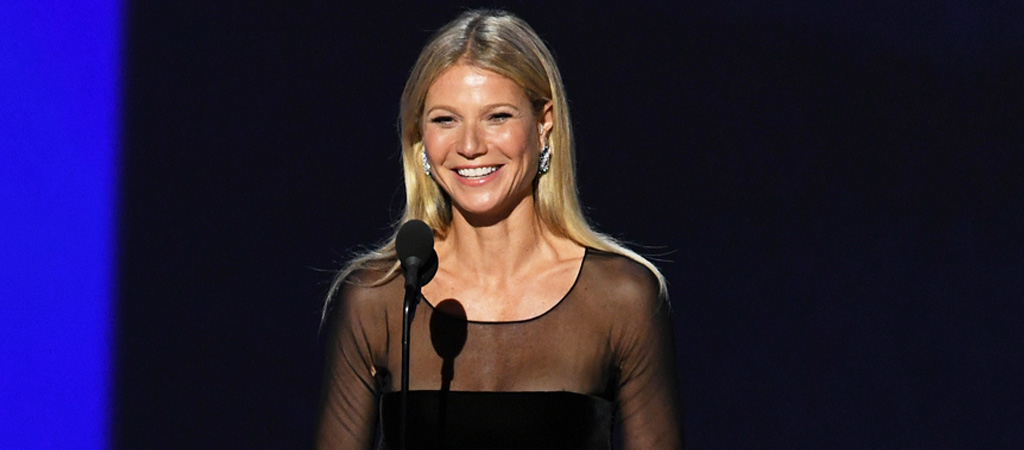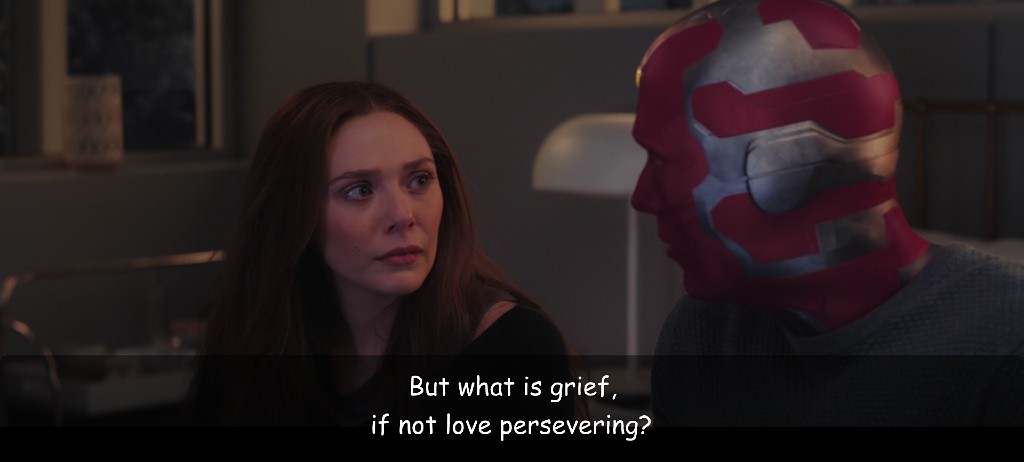BTS are one of the most successful and influential pop groups in the world right now, despite living at a time when racist violence and hate against the Asian community is raging due to ignorant misunderstanding of COVID-19. It’s appalling that this kind of prejudice is so prevalent still, and normalized to the point that German radio DJ Matthias Matuschik for the station Bayern 3 compared these monumental artists to coronavirus last week.
Live on the air on Wednesday, February 24, Matuschik played the BTS cover of Coldplay’s “Fix You” that the group performed as part of an MTV Unplugged show, and proceeded to insult them. According to the Associated Press, the DJ dubbed BTS’ cover “blasphemy” — though it hews extremely close to the tone and delivery of the original — and compared the band to “some crappy virus that hopefully there will be a vaccine for soon as well.”
According to AP’s summary of Matuschik’s on-air comments, he began to backpedal claiming “I have nothing against South Korea, you can’t accuse me of xenophobia only because this boy band is from South Korea. I have a car from South Korea. I have the coolest car around.” Finally he added that as penance for their version of “Fix You,” BTS “will be vacationing in North Korea for the next 20 years.”
The radio station and the DJ himself have both since issued apologies for the DJ’s comments, which are below.
Bayern 3’s statement:
We apologize unreservedly for the remarks made by presenter Matthias Matuschik in his live broadcast. His choice of words to comment on BTS were unacceptable. Both he himself and we at BAYERN 3 know that it is not enough to simply intend a different meaning. If statements are perceived by many people as offensive or racist, then they were. However, we feel the need to stress that Matthias’ social engagement to promote a peaceful togetherness among people (in Bavaria) is testament to his conviction that everyone must be treated equally — regardless of their nationality, culture, skin color, sexual orientation or religion. BAYERN 3 also expressly and resolutely distances itself from any form of racism, exclusion and discrimination. In the meantime, the presenter and his family receive serious threats. We ask, despite every sympathy for the indignation, that the discussion must remain on a substantive level. We will work through the issue in more detail with Matthias and the entire team and ensure that such serious mistakes will not happen again in the future.
Matthias Matuschik’s statement:
I am deeply saddened about the reactions my comments in my live show have caused — and first of all: I am very sorry and I would like to unreservedly apologize. In my presentation, I was primarily annoyed by the fact that the boy band BTS covered the song “Fix you” by Coldplay, which I hold in high esteem. The nationality of the seven boys should not matter — mentioning it and making the connection with a virus was completely out of line. I have given this a lot of thought over the past few hours and understand and accept that my words racially offended many of you, especially the Asian community. That was never my intention, but I realize that, in the end, what matters is only how words are perceived — not how they were intended. People who have known me for a while know that, in addition to my work as a radio DJ and cabaret artist, I have also been very active against right-wing activities and for those seeking protection since the influx of refugees in 2015. It makes me all the sadder that I have hurt others with an ill-considered statement (that was intended to be funny) and put myself in a false light. I have made a big mistake from which I will learn. I am very sorry.
Plenty of artists who have collaborated with BTS or are simply fans of their music have also tweeted their indignation and outrage over Matuschik’s remarks, some of those reactions are below. Halsey also wrote a note on her Instagram Stories on Friday night expressing her outrage. “”I am horrified to read the comments made by Matthias Matuschik,” she wrote. “Racism and xenophobia cannot be thinly veiled as ‘on air humor.’ Irresponsible and disgusting statements in a time where hate speech and violent behavior towards Asian communities are skyrocketing. This is unacceptable. I hope a better apology to BTS, and the Asian communities across the world, is on its way.”
And finally, it’s worth noting that for their part, Coldplay loved the cover:
Check it out above if you haven’t seen it yet. BTS have yet to comment on the situation.




 quite a person
quite a person

 I stand with my friends
I stand with my friends


